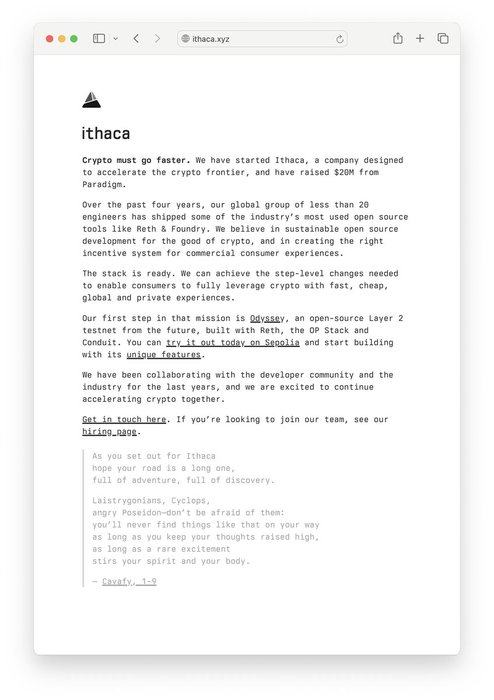Sublime
An inspiration engine for ideas
The basic Celtic social unit was the tribe, or clan, which was, for all practical purposes, an extended family, capable of expansion through marriage, fosterage (as in the case of King Arthur), conquest, assimilation, and so forth. The tribe usually resided in and developed an association with a specific area. Early Celtic tribes bonded closely wit
... See moreSarah Owen • Celtic Spirituality: A Beginners Guide To Celtic Spirituality
Yeavering Bell itself has not been substantially excavated but at another great hillfort of the Votadini, Traprain Law in East Lothian, successive archaeological campaigns have revealed a substantial reinforcing of the ramparts at the end of the fourth century and yielded a colossal hoard of fifth-century Roman silver weighing 53 lb. Most of the pi
... See moreMax Adams • The First Kingdom
A few miles north of Greave’s Ash the indomitable twin-domed hillfort of Yeavering Bell looms imperiously over Glendale and the Milfield plain beyond. Here, an Iron Age fortress and summer camp were the focus of regional power and of a tribal cult. Yeavering’s chieftains seem to have retained their power and identity through the Roman centuries and
... See moreMax Adams • The First Kingdom

The Brythonic word for ‘ford’, which barely survives in names, was ritu – as in Anderitum, the Roman fort (and ford) at Pevensey in Sussex; and in Penrith in Cumbria.
Max Adams • The First Kingdom
At Congresbury, close to the opposite shore in Somerset, archaeology has revealed a re-occupation of the Iron Age hillfort by people who were able, like their counterparts at Dinas Powys, to import fine luxury goods from the eastern Mediterranean at a time when Britannia had fallen off Rome’s own radar.
Max Adams • The First Kingdom

